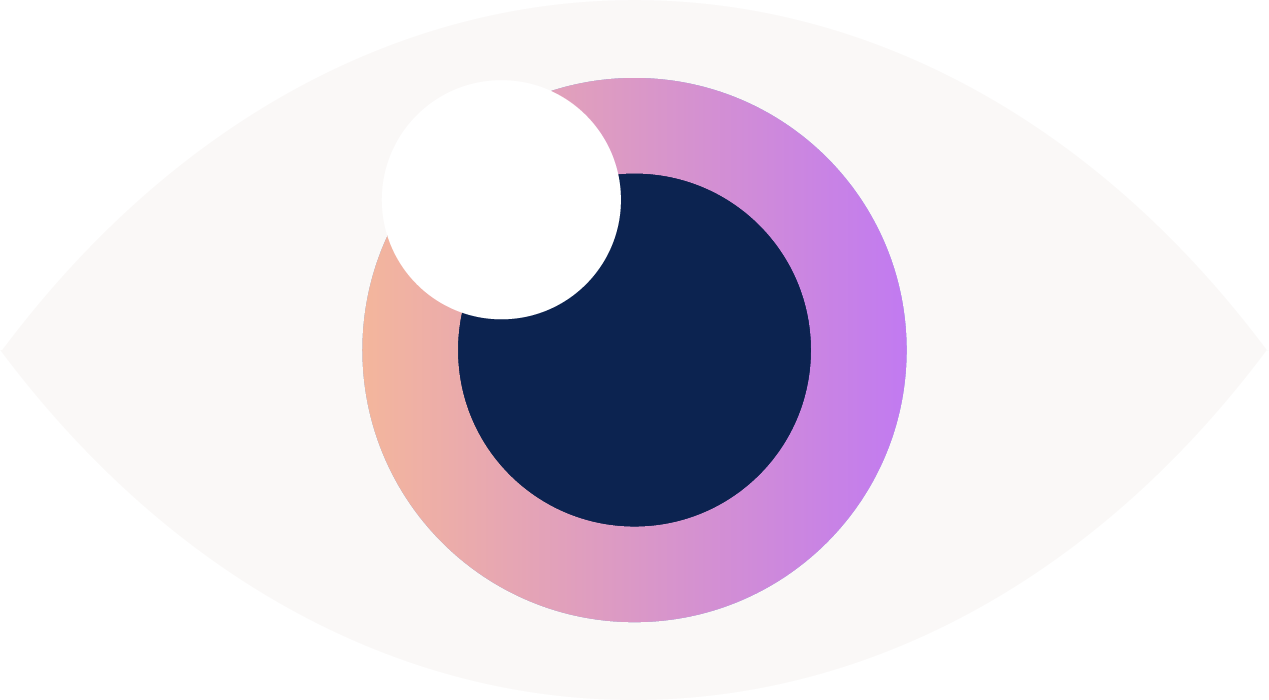Does My Baby Need Glasses?
Listen On
As a mom and a pediatric ophthalmologist, one of the most common questions I get asked—by friends, patients, and even on social media—is: “How do I know if my baby needs glasses?”
It’s a completely valid question. You’re holding this brand new, perfect little human in your arms, and the thought crosses your mind: Can they even see me? Should they be seeing more by now? Is something wrong with their eyes?
We often expect our babies to arrive with full use of all five senses, but vision develops over time—just like walking and talking. And understanding those milestones can ease so many of the fears that come with early parenthood.
What Can Babies Actually See?
When your baby is born, their vision is far from 20/20. In fact, it’s closer to 20/800. That means if you’re seeing something clearly at 800 feet, your baby would need to be just 20 feet away to see it at all.
They’re mostly perceiving shadows and high-contrast patterns. That’s why so many newborn toys are black and white or feature bold geometric shapes—those are the most visually stimulating at this early stage.
From there, vision steadily improves:
1 month: About 20/600 vision. Still fuzzy, but slowly sharpening.
2 months: Around 20/400 and beginning to track objects.
3 months: Vision improves to about 20/300 and your baby may start smiling back at you.
5 months: They begin to see in 3D—depth perception kicks in.
6–9 months: Vision gets to 20/100 or better, and crawling helps develop their eye-hand coordination.
1 year: Around 20/40 and recognizing faces across the room.
18 months: Almost adult-like visual acuity—20/30.
It’s absolutely fascinating how much of vision is learned and developed over time.
So How Do We Check a Baby’s Vision?
Let’s be real—you’re not sitting your baby down to read the big "E" on the eye chart. But we still have incredibly reliable tools to evaluate their eyes.
At your pediatrician’s office, they’ll check for:
Red reflex (to rule out cataracts or eye cancers)
Tracking (to see if your baby follows movement)
Pupil response (to make sure the visual pathway is intact)
Some offices also use photo screeners—they look like a big camera, and in seconds, they can detect significant refractive errors (aka, if your baby might need glasses), eye misalignment, or even signs of amblyopia ("lazy eye").
In my office, I use retinoscopy after dilating the eyes (yes, the part babies and adults alike hate). I shine a light into their eyes and use lenses to measure whether they’re nearsighted, farsighted, or have astigmatism. It’s fast, painless, and honestly more accurate than the machines we use for adults.
Wait—Do Babies Really Need Glasses?
Most babies are naturally farsighted. Their little eyeballs are still growing, and their flexible lenses can focus through a lot of that blur. That’s why most don’t need glasses right away.
But there are exceptions:
High farsightedness that puts visual development at risk
Astigmatism that distorts vision significantly
Nearsightedness (if severe enough, even at a young age)
Crossed eyes (called accommodative esotropia, which can be corrected with glasses)
During the early years (birth to age 13), the brain is still wiring itself for vision. If we don’t provide a clear image to each eye, permanent vision loss can occur—even if the eyes themselves are healthy. That’s why glasses, when prescribed, are so important.
And yes—babies in glasses are adorable. But more importantly, they’re getting the clarity their developing brain needs.
When Should My Baby Have Their First Eye Exam?
If your baby has no family history of eye disease, was born full-term, and is meeting milestones, your pediatrician will keep an eye on things. They’ll refer you if something doesn’t look right.
But here are some red flags to watch for:
Eyes that cross or wander past 4 months of age
Squinting, head tilting, or closing one eye (especially in sunlight)
Delayed tracking of faces or toys beyond 2–3 months
White pupils or asymmetric red reflex in photos
Swelling, tearing, or unusual eye discharge
If something feels off—trust your gut. You know your child better than anyone. I’ve had patients brought in just because “something didn’t feel right,” and sure enough, we caught issues early.
Final Thoughts
Watching your baby’s vision unfold is incredible. Those first smiles of recognition, the way they light up when they see your face, how they begin to reach, grasp, explore—it’s all part of their visual development.
I created this episode because I want parents to feel informed and empowered, not afraid. If you’ve ever wondered if your child can see, or worried about whether you're doing the right thing—you’re not alone. And there are answers.



